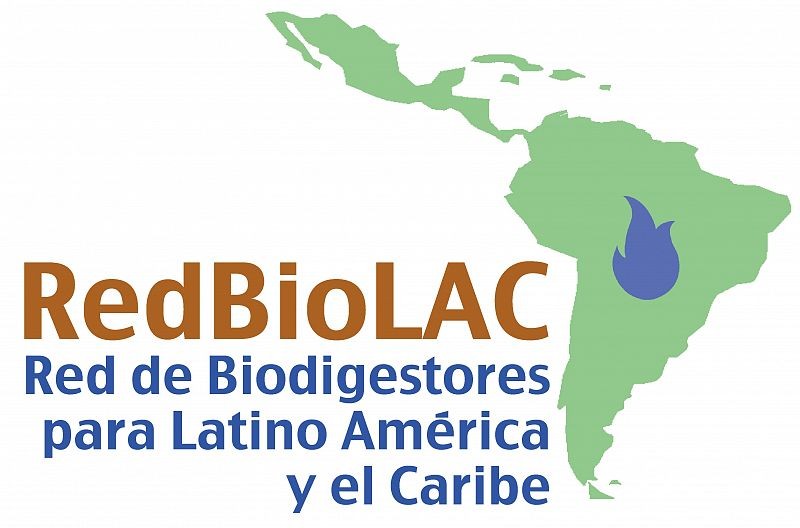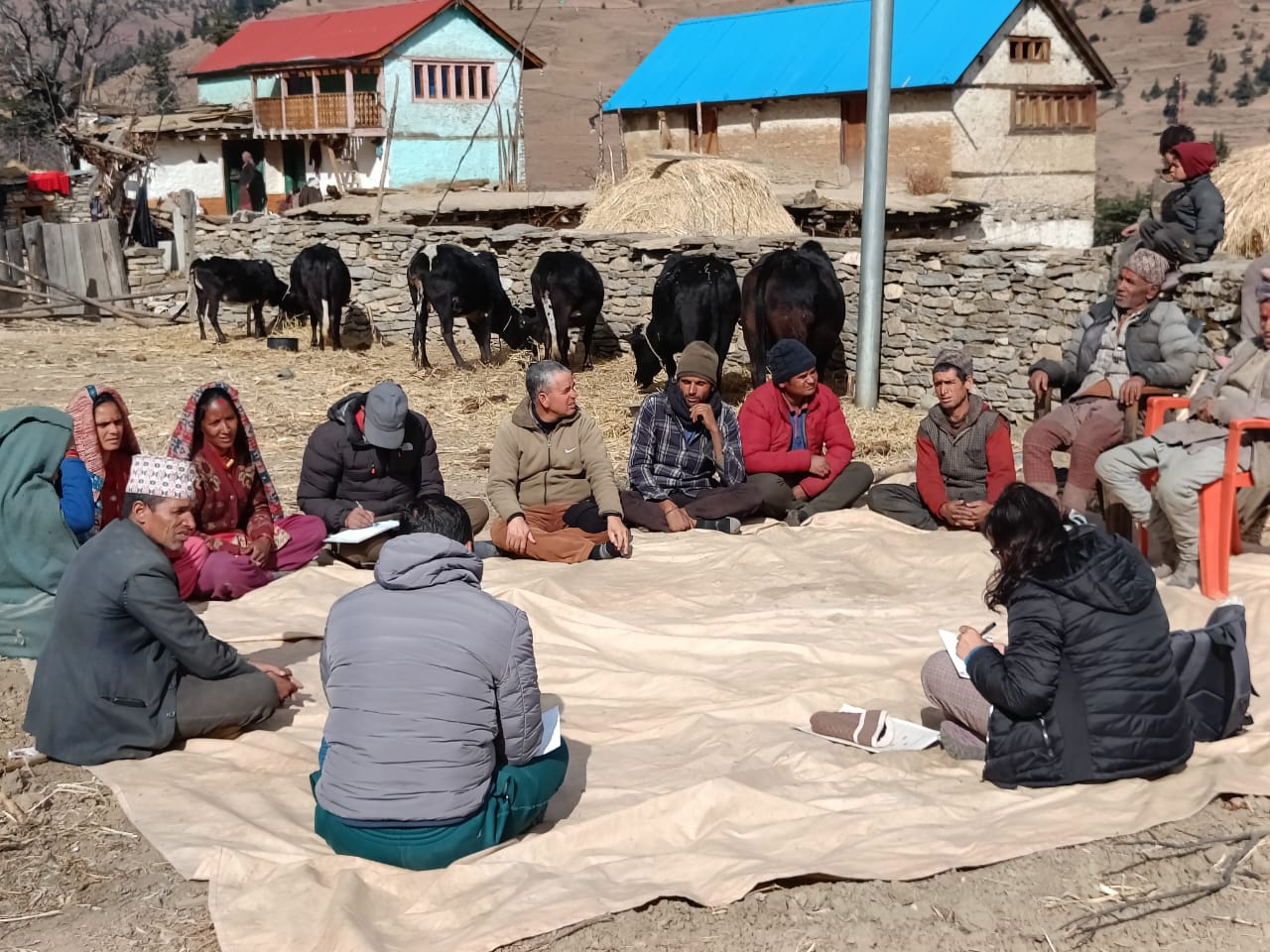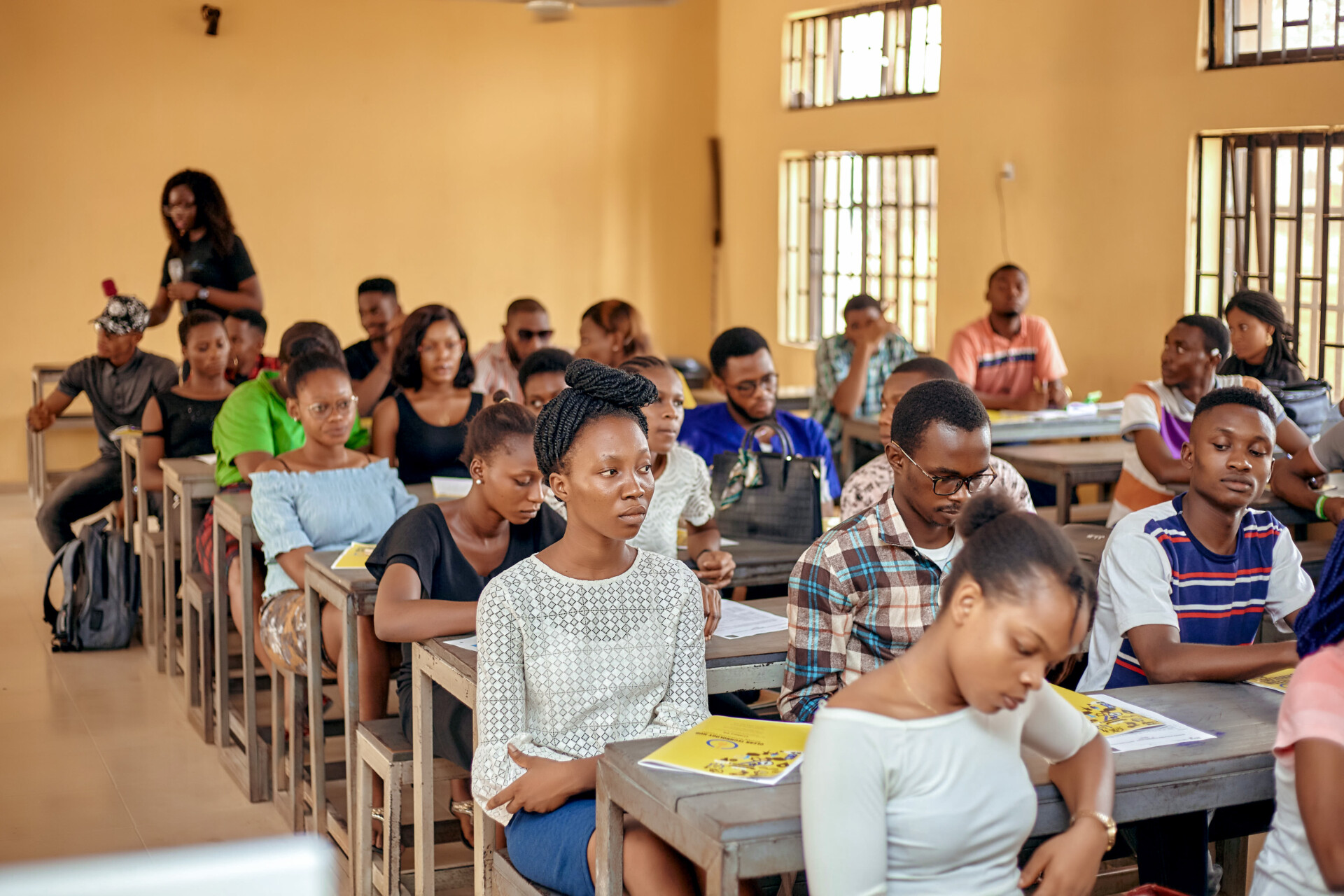Biraj Gautam and Rabin Shrestha share their lessons from the latest visits to the micro hydro power sites in Jumla and Baglung.
Announcement: 6th RedBioLAC Webinar on 25th September 2019!
The upcoming webinar will be on “Biogas in semi-arid family farming in Brazil” and will take place on 25th September 2019 at 8 am CST (4 pm CEST)! El próximo webinar será sobre “Biogás en la agricultura familiar semiárido de Brasil” y tendrá lugar el 25 de septiembre de 2019 a las 8 am CST (4 pm CEST). Registers aqui!
English Version:
Climate change and desertification are increasingly threatening the livelihoods of peasant families in Brazil’s semi-arid region. The use of charcoal and firewood represents about 30% of the energy matrix in the northeast of the country, reaching 80% of the energy demands of family agriculture in the region that still suffers the effects of recent years of drought.
Diaconia created the Biodigestor Sertanejo model on a domestic scale, which produces 15 to 25 m3 of biogas per month from the use of animal manure. This model is built with materials that are easily found in the local market, which facilitates replication.
As a result, we have reduced GHG emissions and deforestation. In addition, there are impacts from improved soil management, as well as biogas production and the use of biofertilizers. The improvement in the quality of life of women is significant, as is the guarantee of the permanence of rural families in the region.
Spanish Version:
El cambio climático y la desertificación son cada vez más amenazantes para la permanencia de las familias campesinas en la región semiárida de Brasil. El uso de carbón y leña representa alrededor del 30% de la matriz energética en el noreste del país, alcanzando el 80% de las demandas energéticas de la agricultura familiar en la región que aún sufre los efectos de los últimos años de sequía.
Diaconia creó el modelo Biodigestor Sertanejo a escala doméstica, que produce 15 a 25 m3 de biogás por mes a partir del uso de estiércol animal. Este modelo está construido con materiales que se encuentran fácilmente en el mercado local, lo que facilita su replicación.
Como resultado, hemos reducido las emisiones de GEI y la deforestación. Además, hay impactos por mejorar el manejo del suelo, así como la producción de biogás y el uso de biofertilizantes. La mejora de la calidad de vida de las mujeres es significativa, como lo es la garantía de la permanencia de las familias rurales en la región


